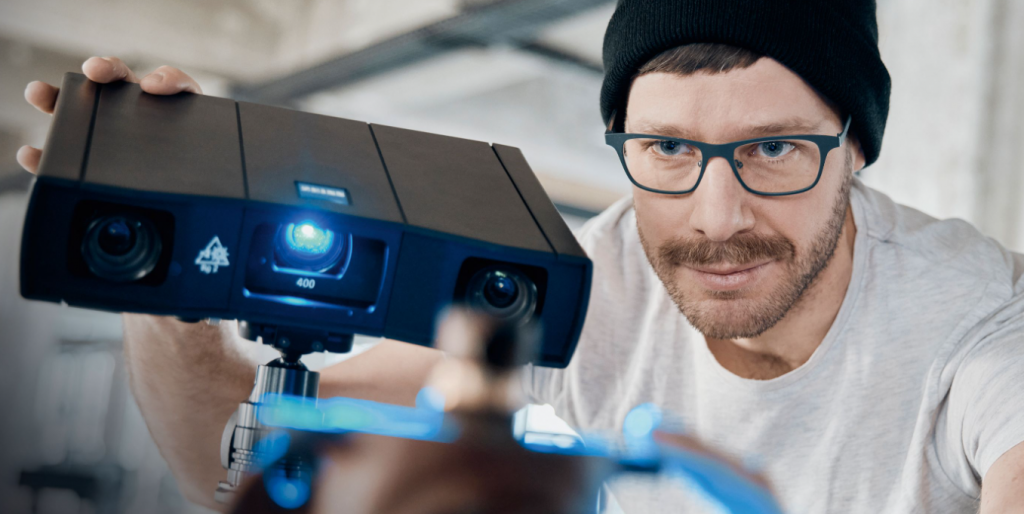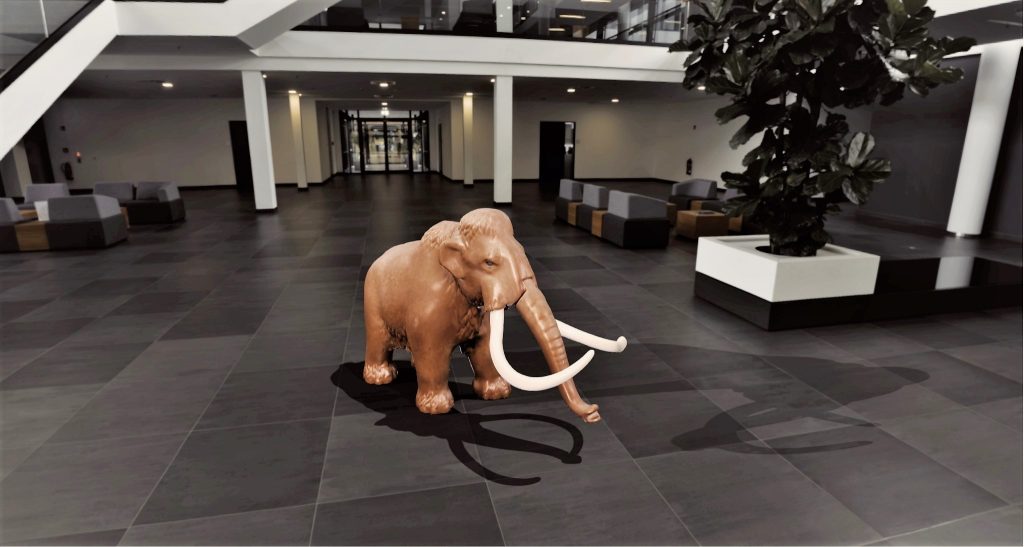Briefly explained: What are NFTs?
The abbreviation NFT stands for non-fungible Token. They exist purely digitally and represent ownership of a unique asset. These assets can be objects such as images, programs, works of art, music, video files, bonus content in the gaming sector or other art and collectible objects. The special thing about it is: the objects also only exist digitally and are unique. An NFT is assigned to exactly one object, which means that whoever owns this NFT also owns the object. To always guarantee this affiliation and make it tamper-proof, NFTs are based on blockchain technology – mostly on the Ethereum blockchain.
A blockchain is a decentralised, virtual database that stores information about transactions in chronological order. For each new transaction, a separate block is created and attached to the blockchain. You can think of the blockchain as a series of data blocks strung side by side on a chain. What makes this technology so tamper-proof is the way information is stored. Each block stores not only the data on the transaction for which the block was created, but also all the transactions that have previously taken place on the blockchain.
Can you create a 3D NFT?
3D artists can create NFTs by digitizing their artwork and posting it on NFT marketplaces. This applies to both virtual and real 3D art. This is because real art can be digitized via 3D scanning and thus sold as NFTs.
Virtual 3D artwork is created by artists using special CAD programs, for example. The 3D model then becomes an NFT by being uploaded as an image to a platform or marketplace and offered for sale. After that, the image has already become an NFT.
Real artists face another step. The art must first be digitized so that they can create a 3D NFT on it. With a handy 3D scanner, for example the mobile 3D scanner GOM Scan 1, ATOS Q or the hand-held scanner ZEISS T-SCAN hawk 2, it is quick and easy to scan real objects and thus create an accurate 3D model.
Again, there are two options. Either the object is to become the NFT in the form in which it exists in real life, or it is still digitally processed after the 3D scan and thus receives its final polish.
Examples of 3D scanning for NFTs
An artist has built a unique piece of furniture and given it an additional special touch with an individual vintage design. This piece of furniture is now to be sold as NFT exactly as it exists in the real world. Using 3D scanning, an exact replica of the piece of furniture is created as a 3D image and can then be offered for sale as an NFT.
Another artist has created a sculpture and digitizes it via 3D scanning. Using a 3D editing program, the simple sculpture becomes a unique work of art, for example by adding a background, different colors or decorative objects. This image can also be uploaded and sold as an NFT.
How to create a 3D NFT?
To create a high-resolution, attractive NFT with 3D scanning, the right technology is critical. There are several smartphone apps that can be used to perform 3D scanning. However, the quality is debatable. For practice and trial, the apps are fine, but those who want to get serious about NFTs and become successful with their own art should use high-quality technology. Special handheld 3D scanners can compensate any blur caused by arm movement very well, unlike smartphones, and still produce high-resolution, accurate 3D models for NFTs. Fixed 3D scanners capture every angle of the object through rotation and are also suitable for large artworks.
To create a 3D NFT, a 3D image is needed. The works that will be for sale can be created directly digitally or first real and then digitized by 3D scan. However, for your scan file to become an NFT, you will need the following:
Wallet
You need a digital wallet to store your cryptocurrencies. You can open it independently through wallet providers or through the NFT marketplace or NFT platform of your choice.
Cryptocurrency
Since NFTs are based on blockchain technology, buying and selling is done with cryptocurrencies. In addition, there are fees for creating a 3D NFT, which are also charged in cryptocurrency. Which cryptocurrency is needed depends on the marketplace you want to sell on. Most often, non-fungible Tokens are traded using Ether, as Ethereum is the biggest player in the NFT
Marketplace or platform
There are many different marketplaces and platforms where NFTs are offered for sale and purchase. As an artist, you should choose one of the most popular and largest selling options to present your art to the widest possible audience. This will not only increase your chances of selling, but also your popularity. OpenSea is currently the largest platform for non-fungible Tokens.
Creating high-resolution NFTs with 3D scanners from ZEISS
ZEISS is here to help you create 3D NFTs with the best equipment. For high-resolution scans and high-quality 3D models to create promising NFTs, 3D scanners are the better solution. ZEISS offers a wide range of 3D scanners with the right solution for every artist. From a small, practical handheld scanner to the “big guns” that allow you to scan larger artworks, it’s all here.



What is important about 3D scanning for NFTs?
To convert real art into a 3D file using 3D scanners, the following points are important:
- High quality
- Noise reduction
- Accurate color detection
- Detailed representation of the object down to the smallest angle
These are the advantages of specialized 3D scanners:
1
With a 3D scanner, it is always clear to see which areas have already been scanned and which are still missing. Inaccurate measurements or missing areas can also be scanned later without having to rescan the entire object.
2
3D scanners can handle large amounts of data, so complex scans can be done easily and, most importantly, with high speed and accuracy.
3
There are small, handy and larger 3D scanners that can capture every angle of an object without sacrificing resolution or other quality.
Using 3D technology cleverly and discovering NFTs
3D images and animations are not only used in the increasingly realistic-looking gaming world or in movies and series. Art is now also making use of 3D technology, producing amazing works of art and collections. With NFTs come new opportunities for artists to sell their digital works. Even artists who initially create art without a computer program can turn their artwork into a non-fungible Token. With 3D scanning, it’s easy to create an NFT. Use the latest technology of 3D scanners to digitize your unique art and become successful in the NFT market.



